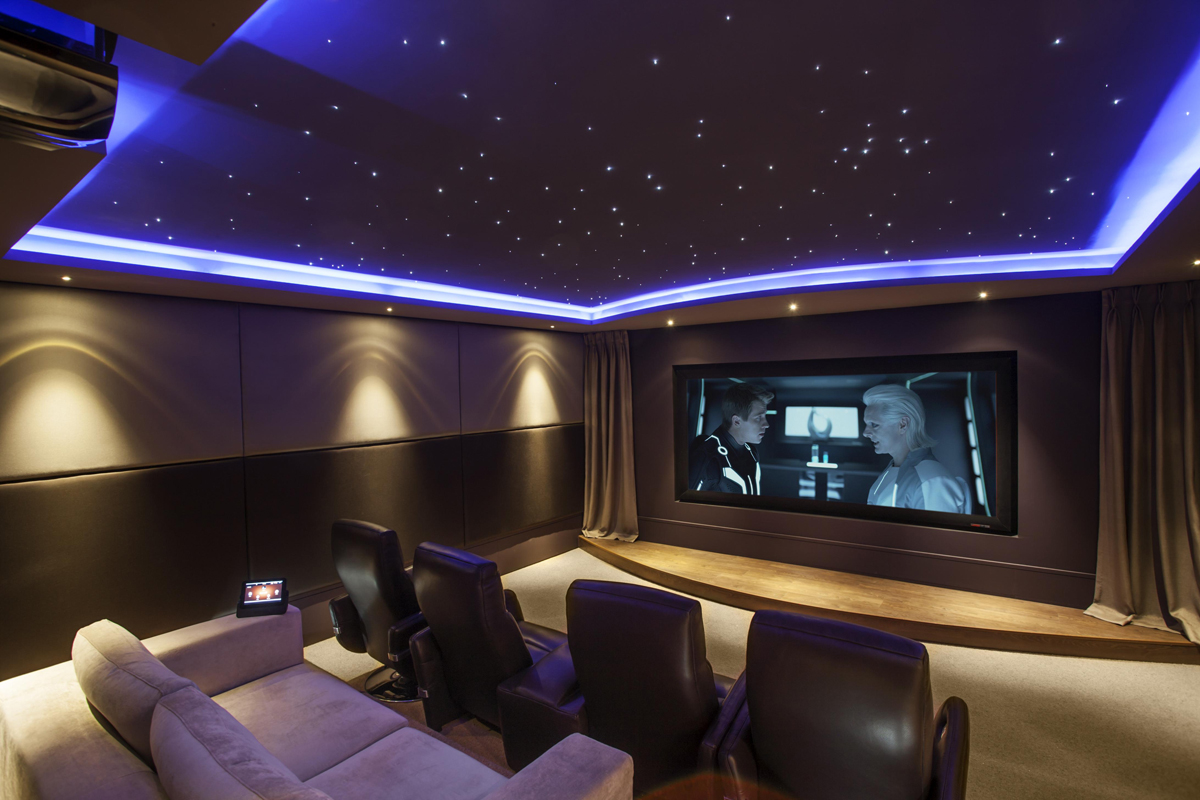We found this great article for restaurant owners looking to do some DIY restaurant noise reduction in their establishments. If you aren’t looking for a do-it-yourself option, give Clearwater a call today.
Bare walls, concrete floors or floor-to-ceiling glass might look great in your restaurant, but what’s the point of having a restaurant that looks great if your patrons can’t hear what’s being said across the table?
According to Soundblock Solutions, noise in many Australian restaurants is reaching levels above 85dB, which represents a risk to hearing for both patrons and staff.
[fusion_builder_container hundred_percent=”yes” overflow=”visible”][fusion_builder_row][fusion_builder_column type=”1_1″ background_position=”left top” background_color=”” border_size=”” border_color=”” border_style=”solid” spacing=”yes” background_image=”” background_repeat=”no-repeat” padding=”” margin_top=”0px” margin_bottom=”0px” class=”” id=”” animation_type=”” animation_speed=”0.3″ animation_direction=”left” hide_on_mobile=”no” center_content=”no” min_height=”none”]
Noisy restaurants can leave a bad taste in diners’ mouths. Image: blog.opentable.com
Eighty-five decibels is the upper limit of a range which WorkCover has defined as safe for workers to complete an hour day in, without ear protection.
Modern day restaurants’ strong focus on minimalism in design is a key contributor to noise levels that leave a bad taste in diners’ and employees’ mouths.
He said restaurants can increase noise reduction and create a more comfortable environment for patrons by maximizing soundproofing and enhancing the acoustics in dining areas. It would also reduce errors of ordering due to miscommunication between patrons and staff.
There is a broad range of acoustic materials now suitable for commercial applications. Reducing intrusive noise can be as simple as adding acoustic-absorbent panels or foam tiles to walls or ceilings.
Nine tips for restaurateurs to help reduce noise levels:
- Use acoustic fabric covered wall panels
- Install sound-absorbing ceiling tiles
- Consider fabrics and other soft furnishings in preference to wood and plastics (Carpets, curtains and tablecloths can all help to reduce noise)
- Put rubber caps on chair legs
- Consider retrofitting secondary acoustic windows to block out traffic and/or aircraft and train noise
- Use petitions and barriers to break up sound paths
- Use sound-absorbers to quell the sound of noisy machinery such as air-conditioning units
- Ensure kitchen doors are soundproofed to block out kitchen noise
- Ensure background music stays that way. Don’t pump up the volume.
- Noisy restaurants can leave a bad taste in diners’ mouths.
Shared from Hospitality Magazine
[/fusion_builder_column][/fusion_builder_row][/fusion_builder_container]





